Group of Seven Canadian landscape painters
We Perform Group of Seven art authentication. Group of Seven appraisal from . Group of Seven certificates of authenticity (COA). Group of Seven analysis, research, scientific tests, full art authentications. We will help you sell your Group of Seven or we will sell it for you.
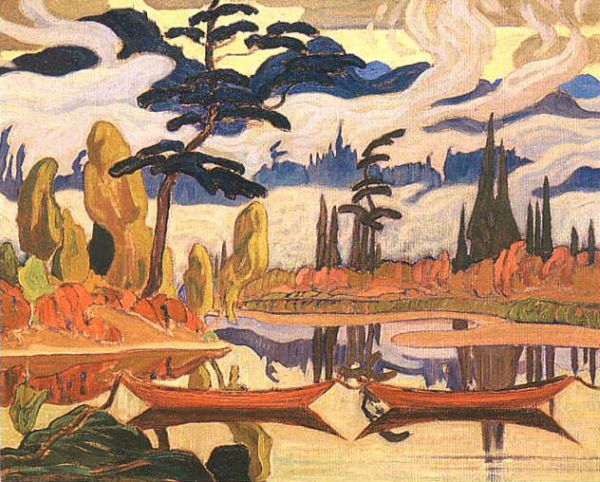
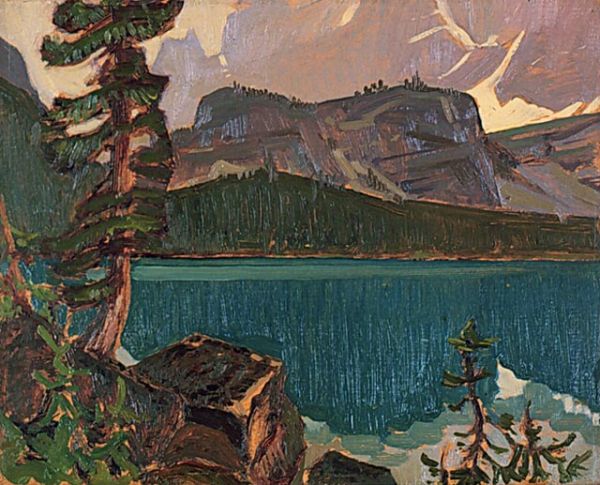
The Group of Seven consisted of Canadian based artists: Franklin Carmichael, Lawren Harris, A.Y. Jackson, Frederick Varley, Frank Johnson, Arthur Lismer, J.E.H. MacDonald. The seven members were highly influenced by Tom Thomson, who died before the group was officially formed. Emily Carr is also had connections to the group, but was never an official member.
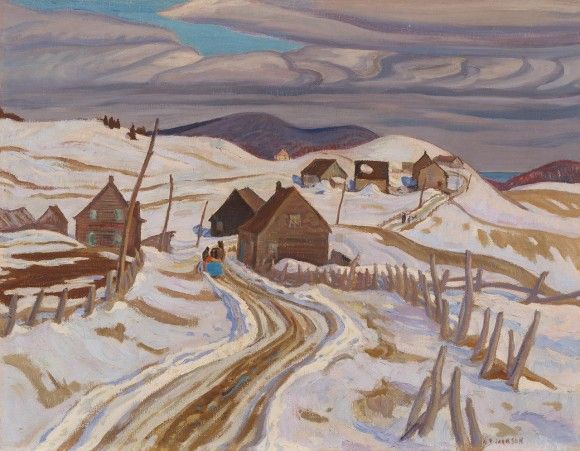
The group members are most remembered for their post-impressionistic landscape paintings of the Canadian wilderness. Few artists succeeded in creating a truly Canadian painting aesthetic before the Group of Seven.
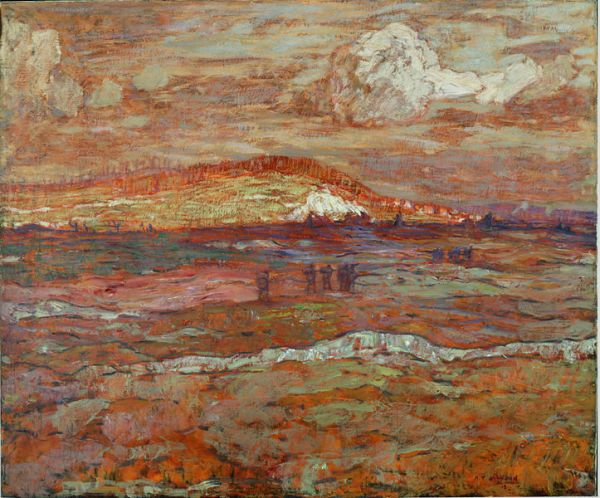
Many of the artists first met at the commercial art firm, Grip Ltd in Toronto. Tom Thomson, J.E.H. MacDonald, Arthur Lismer, Frederick Varley, Franklin Carmichael and Franklin Johnston were all employed by Grip, and shared a passion for painting and the outdoors. The colleagues started taking weekend painting trips outside of the city.

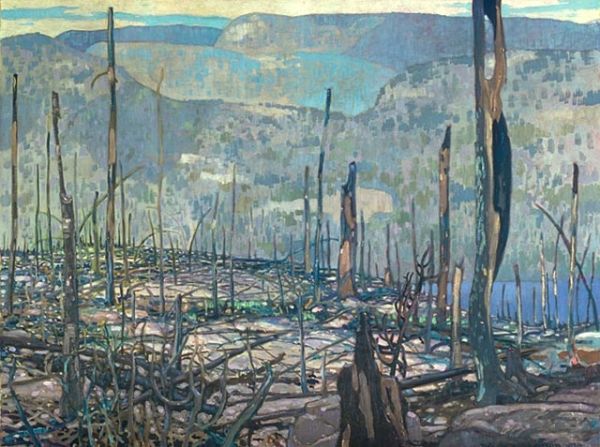
The other members, A.Y. Jackson and Lawren Harris, met through the Arts and Letters Club of Toronto, which frequently held painting exhibitions and art discussions.
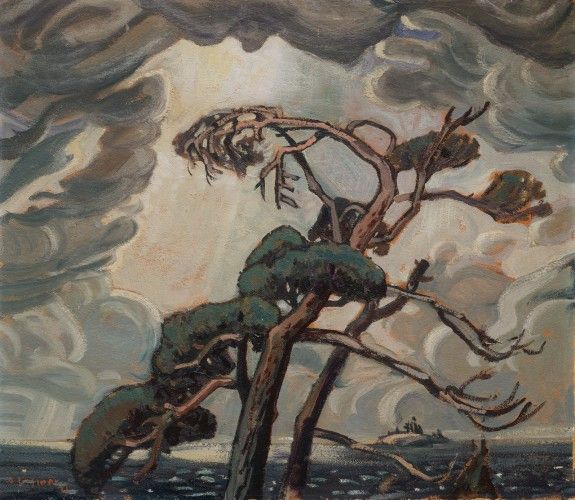
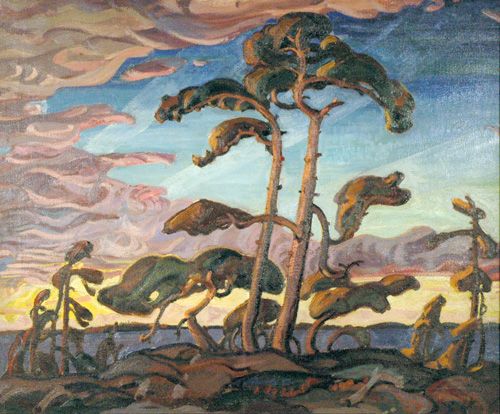
The Group of Seven was able to create its own studio space with funding from Harris, who inherited money through a family farm machinery industry. The studio building was erected in an area known as the Rosedale ravine. The group also received support from Dr. James MacCallum, who owned land on Georgian Bay, where the group often went to paint.
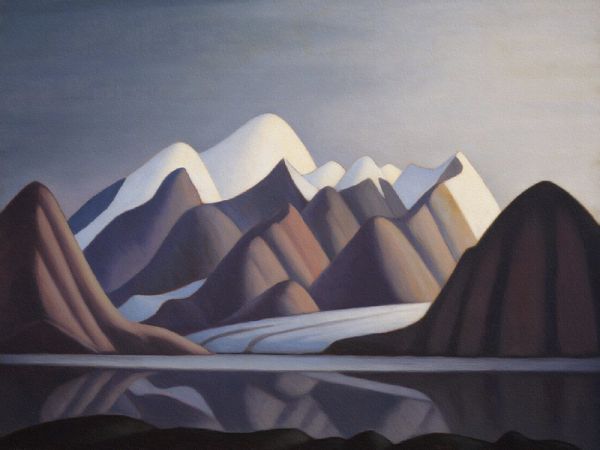
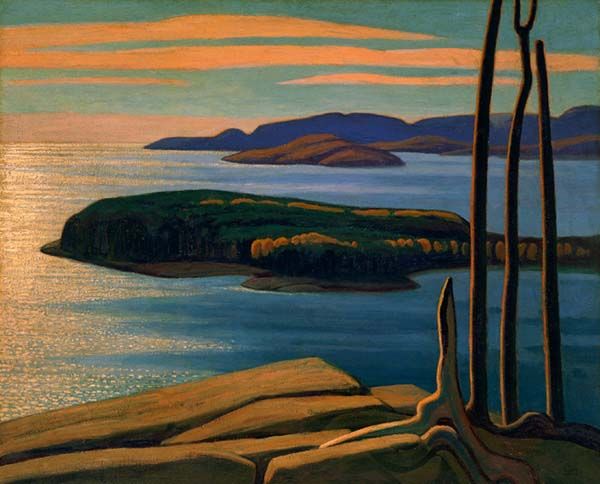
The Group of Seven briefly disbanded during the First World War. Members, Varley and Jackson became official war artists, documenting historic events for the Canadian archives. It was not until 1919 that the painters coined the term, Group of Seven. The members reunited to paint the wilderness of Muskoka an Algoma in northern Ontario. In 1920 the group became official and held their first cohesive exhibition.
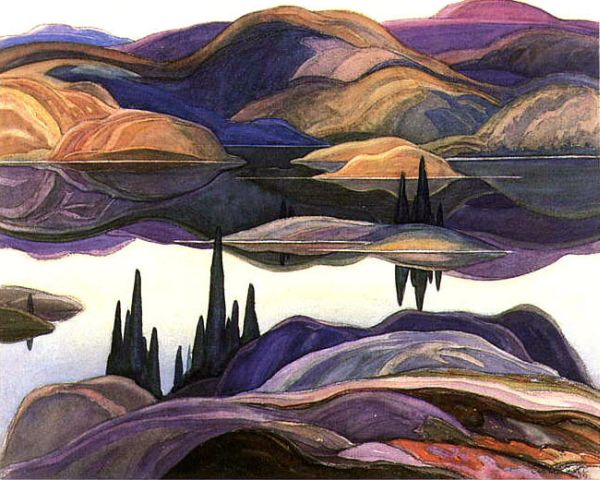
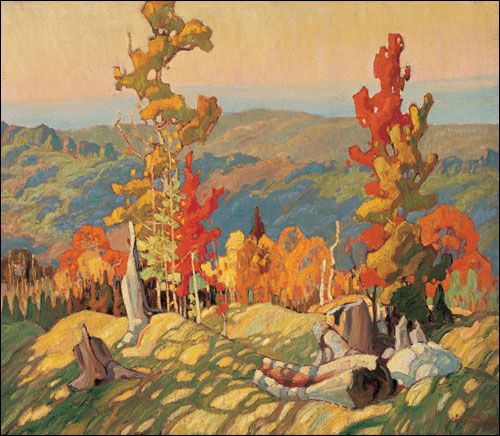
A year after their first group show, Frank Johnston resigned from the group, preferring to develop his own career. By 1926, the remaining six members decided to allow new members to join, including A.J. Casson, Edwin Holgate and Le Moine Fitzgerald. The newly expanded group ventured to British Columbia, Nova Scotia, Quebec, and the icy Arctic to capture majestic and dramatic scenes of the wilderness.
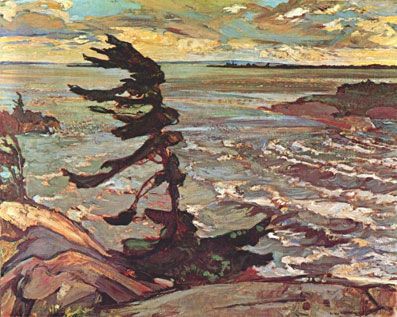
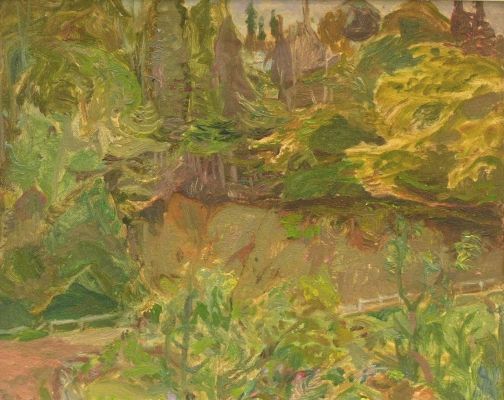
The Group of Seven held eight exhibitions before its reincarnation as the larger association known as the Canadian Group of Painters, which formed in 1933. Though the Group of Seven was a short-lived movement, they were seen as pioneers in the field of Canadian landscape painting. Many of their paintings are in major museums and collections, including the McMichael Canadian Art Collection in Kleinberg, Ontario. Do you think you own a painting by one of the Group of Seven members? Contact us. We are experts on the Group of Seven.
